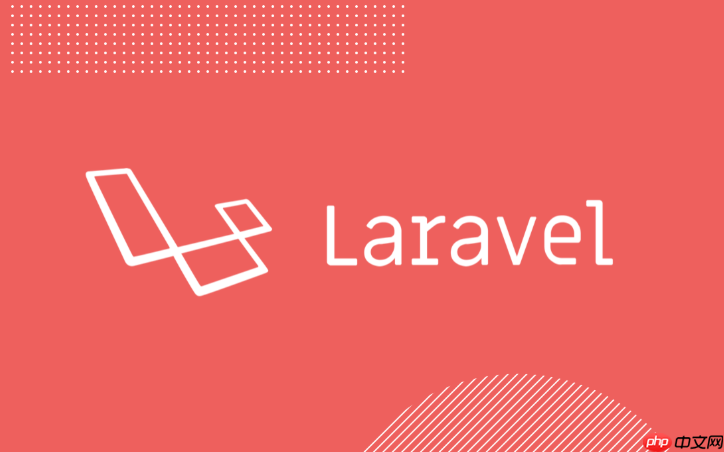laravel通过 Eloquent 的 belongsToMany 方法实现多对多关系,使用中间表关联模型,如用户与角色;定义关系时可自定义表名、外键,并通过 withPivot 读取额外字段,attach/detach/sync 等方法操作关联,支持自定义 Pivot 模型以扩展功能。

Laravel 中处理多对多关系是通过 Eloquent ORM 提供的 belongsToMany 方法实现的。这种关系常见于两个模型之间需要通过一个中间表(也叫 pivot 表)来关联的情况,比如“用户”和“角色”、“文章”和“标签”。
1. 定义多对多关系
在 Eloquent 模型中使用 belongsToMany 方法建立多对多关联。例如,一个用户可以拥有多个角色,一个角色也可以被多个用户拥有。
// app/Models/User.php public function roles() { return $this->belongsToMany(Role::class); } // app/Models/Role.php public function users() { return $this->belongsToMany(User::class); }
Laravel 默认会查找名为 role_user 的中间表(按字母顺序拼接两个模型的复数形式),外键默认为 user_id 和 role_id。你也可以自定义这些字段。
return $this->belongsToMany(Role::class, 'user_roles', // 自定义中间表名 'user_id', // 当前模型在外键中的字段 'role_id', // 关联模型在外键中的字段 'id', // 当前模型主键(可选)'id' // 关联模型主键(可选);
2. 操作中间表(Pivot 数据)
中间表除了保存关联信息,有时还需要存储额外数据,比如用户获得某个角色的时间、权限级别等。Laravel 允许你在关联中访问这些字段。
启用 pivot 字段读取:
// 在 belongsToMany 中使用 withPivot public function roles() { return $this->belongsToMany(Role::class) ->withPivot('assigned_at', 'level') ->withTimestamps(); // 自动记录 created_at 和 updated_at}
使用示例:
$user = User::find(1); foreach ($user->roles as $role) {echo $role->pivot->assigned_at; echo $role->pivot->level;}
如果你想允许更新 pivot 表中的字段,使用 using Pivot 并配合自定义 Pivot 模型。
3. 添加和删除关联
Laravel 提供了多种方法操作多对多关系:
- attach():添加关联(插入中间表)
- detach():删除关联(从中间表移除)
- sync():同步关联(保留指定 ID,删除其余)
- updateExistingPivot():更新已有 pivot 记录
// 给用户分配角色 $user->roles()->attach($roleId); // 带额外字段 $user->roles()->attach($roleId, [ 'assigned_at' => now(), 'level' => 5 ]); // 删除某个角色 $user->roles()->detach($roleId); // 只保留指定的角色 ID $user->roles()->sync([1, 2, 3]); // 更新中间表数据 $user->roles()->updateExistingPivot($roleId, ['level' => 10]);
4. 自定义 Pivot 模型(高级用法)
当你需要在中间表上定义 访问器 、 修改器 或事件 时,可以创建一个自定义的 Pivot 模型。
// app/Models/UserRole.php class UserRole extends Pivot {protected $table = 'user_roles'; public function getAssignedAtFormattedAttribute() {return $this->assigned_at->format('Y-m-d'); } }
然后在关联中指定:
return $this->belongsToMany(Role::class) ->using(UserRole::class);
之后就可以使用 $role->pivot->assigned_at_formatted 等自定义属性。
基本上就这些。多对多关系在 Laravel 中设计得很直观,结合中间表扩展能力后非常灵活。只要掌握好迁移结构、模型定义和 pivot 操作方法,就能高效管理复杂关联。
以上就是 Laravel 如何处理多对多关系和中间表的详细内容,更多请关注 php 中文网其它相关文章!



